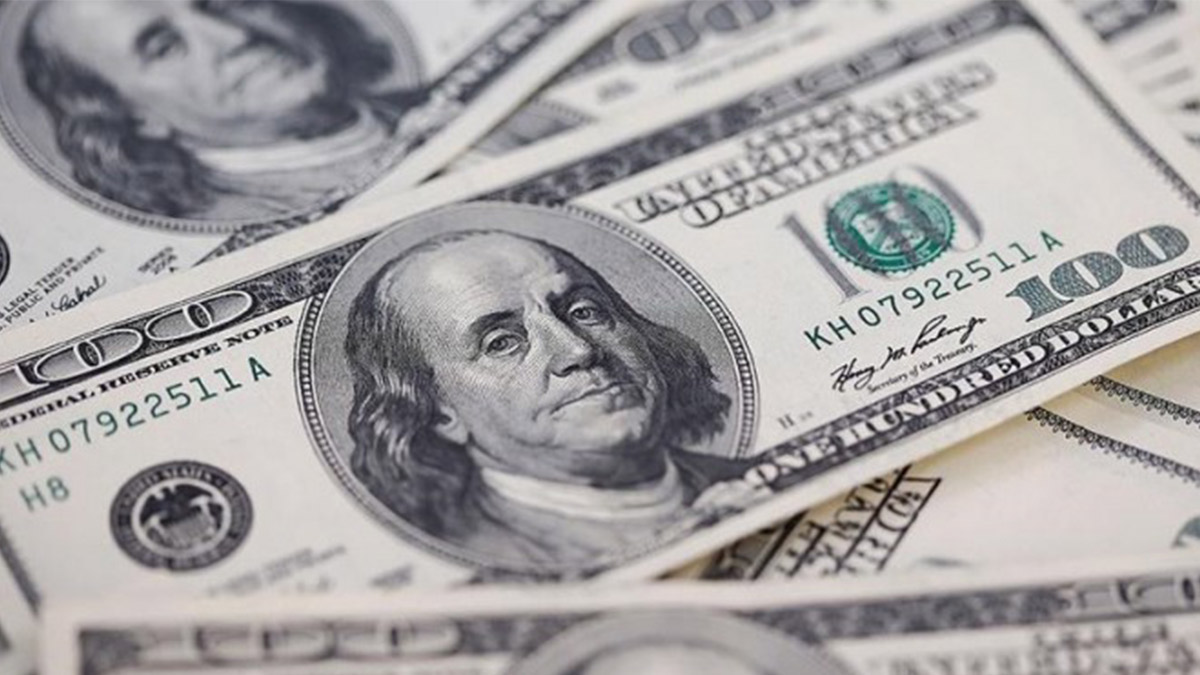
Foreign fund inflows to Philippine stocks and bonds nearly doubled to $1.025 billion in September from the previous month ahead of further monetary easing by the country’s central bank.
In a statement on Thursday, the Bangko Sentral ng Pilipinas (BSP) said the net foreign portfolio inflows in September had increased by $491.82 million, or 92.1 percent, from the net inflows posted in the previous month.
READ: Rate cut jitters tempered hot money flows in August
The portfolio inflows to the capital markets, also known as “hot money” because of their tendency to leave at the first sign of trouble, reached $533.95 million in August.
These foreign portfolio investments are highly sensitive to developments onshore and offshore unlike firmer commitments such as direct investments into factories and businesses, which tend to stay longer and generate more jobs for Filipinos.
A net inflow means that more of these flighty foreign funds entered the country against those that left.
The BSP recorded $2.531 billion in gross inflows versus gross outflows of $1.506 billion for the month.
Bigger share for bonds
Data from the BSP also showed that 57.5 percent of the registered portfolio investments had gone to peso government securities, reaching $1.455 billion in value.
The remaining 42.5 percent, or $1.076 billion, went to securities listed on the Philippine Stock Exchange.
Portfolio investments during the month mostly came from the United Kingdom, Singapore, the United States, Luxembourg and Malaysia, comprising 88.4 percent of the total.
As for the gross outflows, 51.1 percent tor $769.93 million, went to the United States.
The start of the dovish cycle is seen to bode well for stocks and bonds.
Last Oct. 17, the BSP cut its policy interest rate by a quarter point again, with Governor Eli Remolona Jr. dropping clear hints of additional easing moves this year and in 2025.
This policy rate cut brought the overnight borrowing rate to 6 percent.

